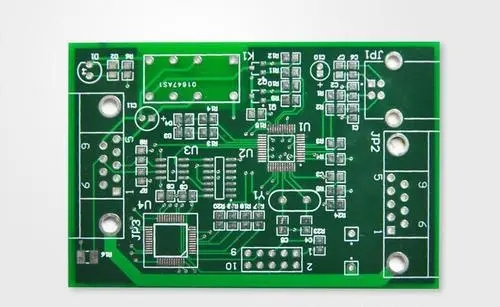PCB printed board installation requirements
It should be supported at least within 1 inch of the three edges of the printed board. According to practical experience, the distance between the support points of a printed board with a thickness of 0.031-0.062 inches should be at least 4 inches; for a printed board with a thickness greater than 0.093 inches, the distance between the support points should be at least 5 inches. Taking this measure can increase the rigidity of the printed board and destroy the possible resonance of the printed board.

Certain printed boards usually have to consider the following factors before deciding which installation technology they use.
1) The size and shape of the printed board.
2) Number of input and output terminals.
3) Available equipment space.
4) Desired ease of loading and unloading.
5) Type of installation accessories.
6) Required heat dissipation.
7) The required shieldability.
8) The type of circuit and its relationship with other circuits.
Call out requirements for printed boards
1) There is no need to install the printed board area of the component.
2) The influence of the plug-in tool on the installation distance between the two printed boards.
3) Specially prepare mounting holes and slots in the printed board design.
4) When the plug-in tool is to be used in the equipment, especially its size should be considered.
5) A plug-in device is required, which is usually permanently fixed to the printed board assembly with rivets.
6) In the mounting frame of the printed board, special design such as load bearing flange is required.
7) The adaptability of the plug-in tool used and the size, shape and thickness of the printed board.
8) The cost involved in using plug-in tools includes both the price of the tool and the increased expenditure.
9) In order to fasten and use plug-in tools, it is required to have access to the inside of the equipment to a certain extent.
The above is an introduction to the installation requirements of PCB printed boards. Ipcb is also provided to PCB manufacturers and PCB manufacturing technology.